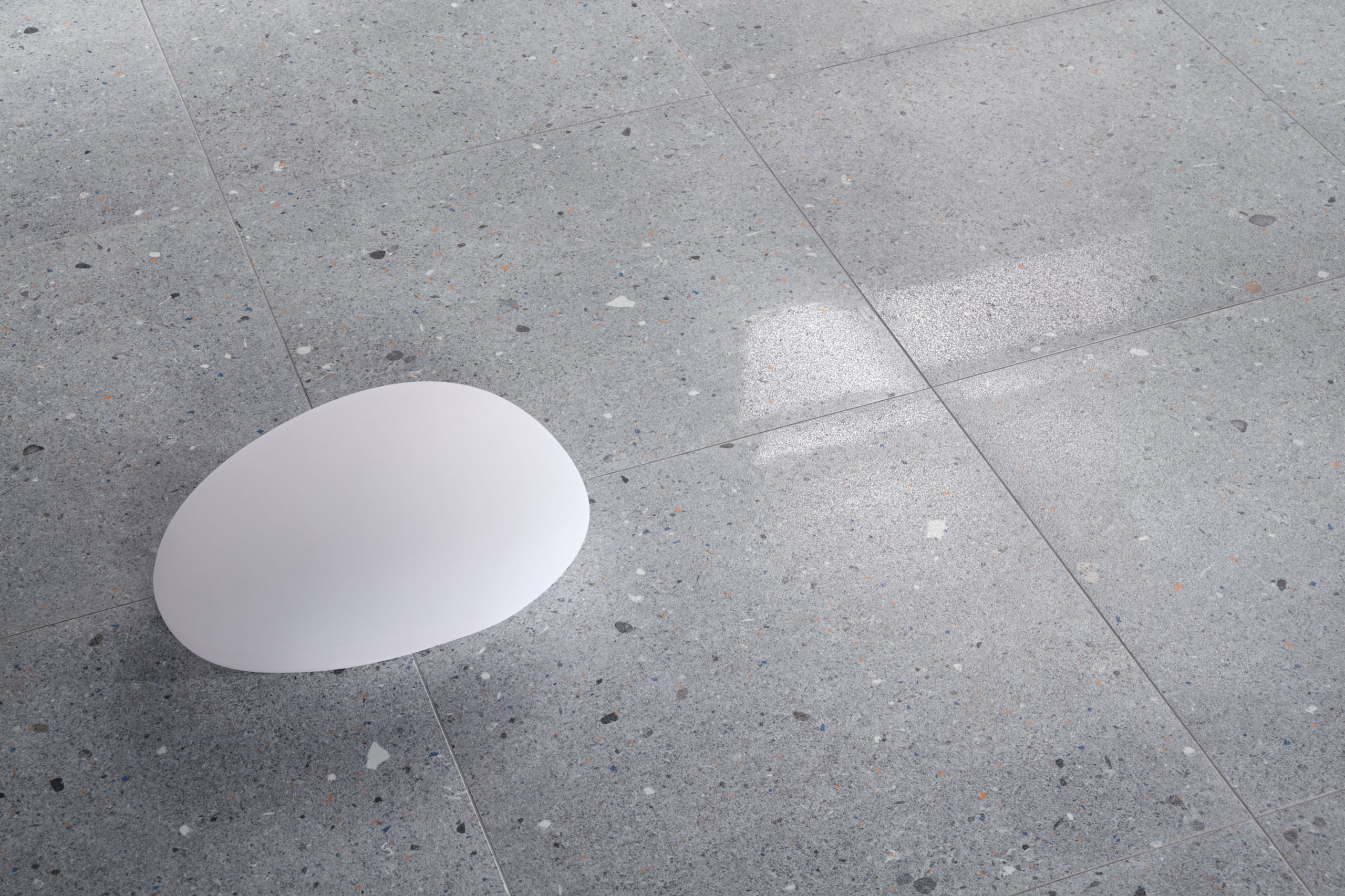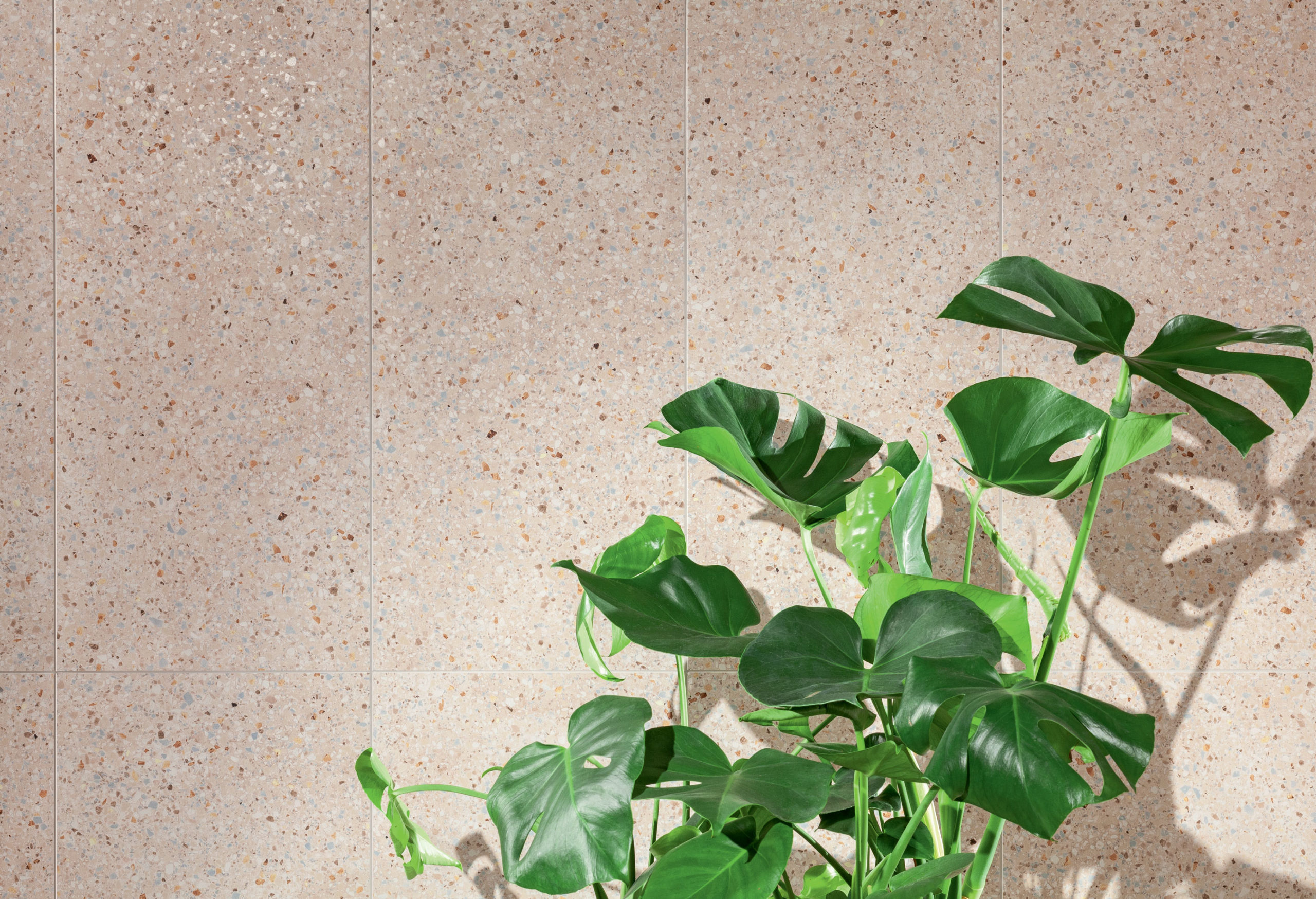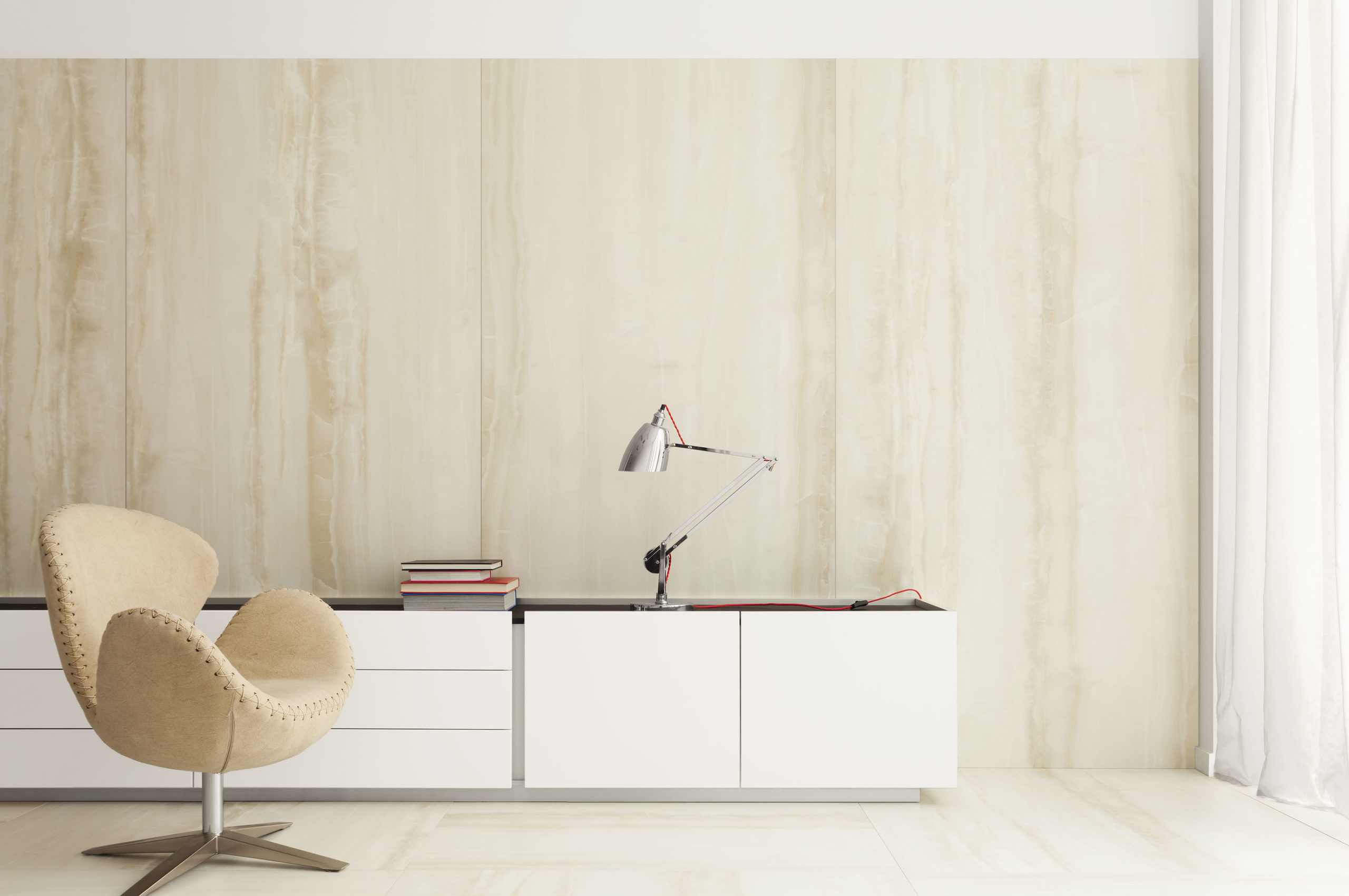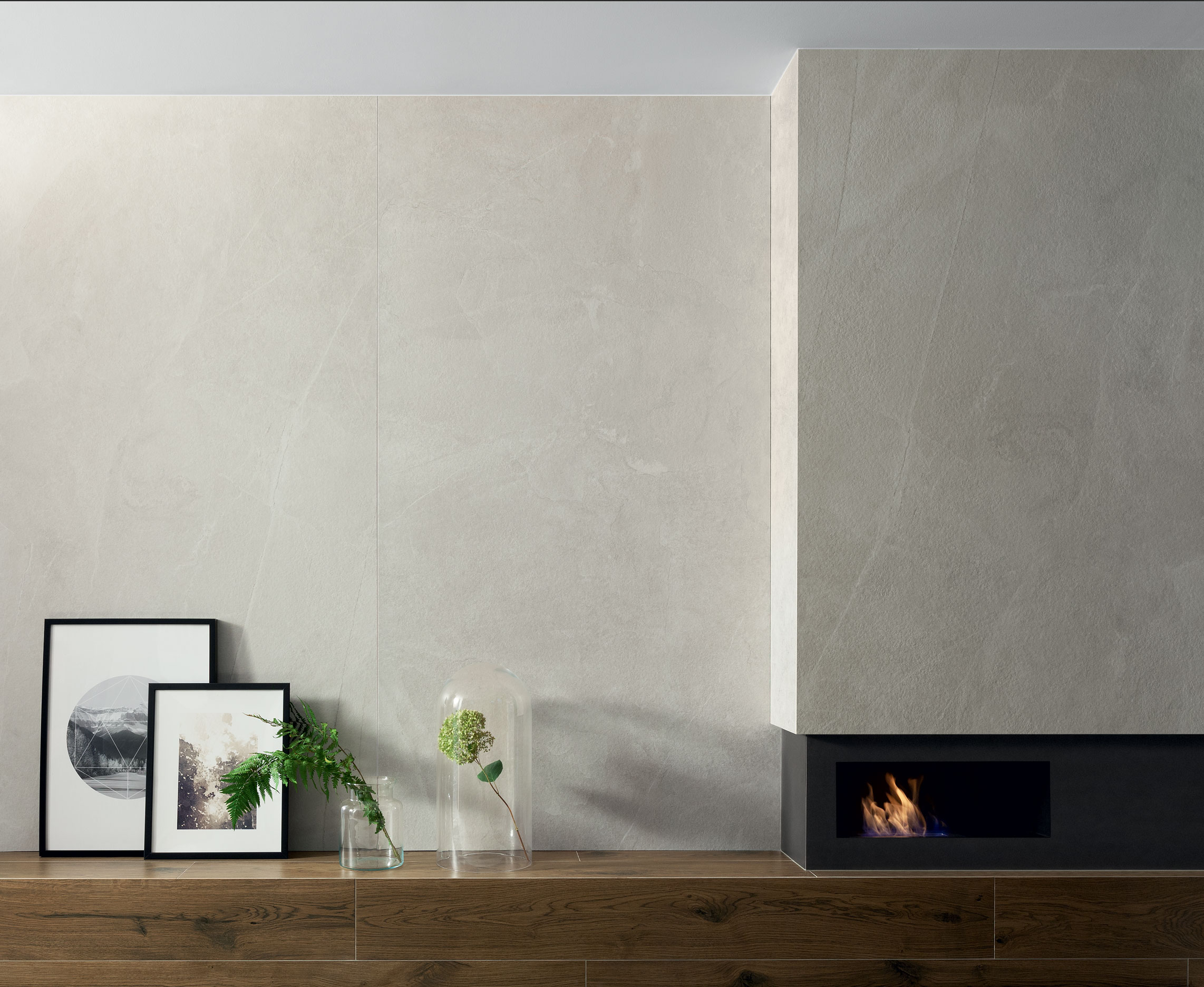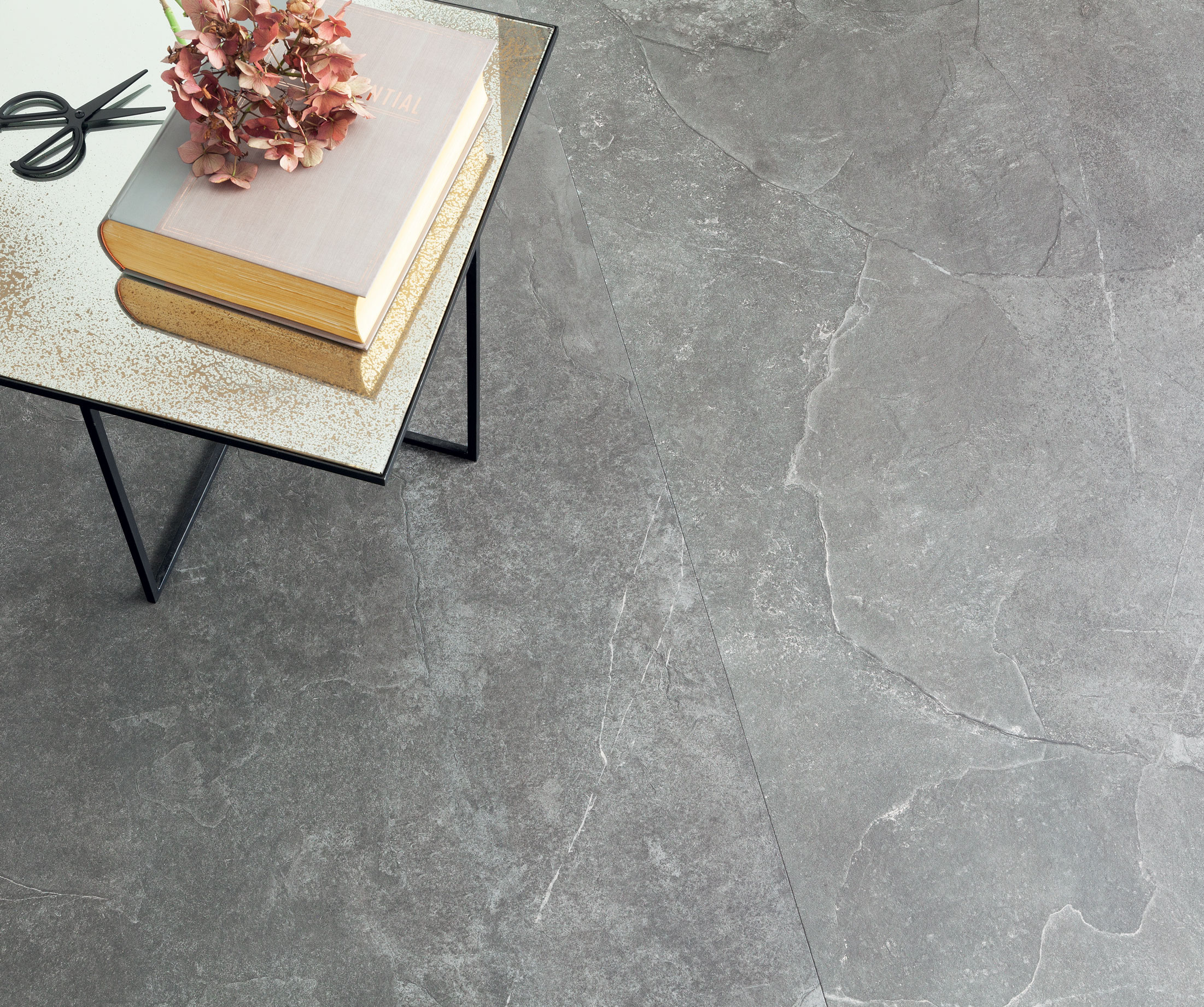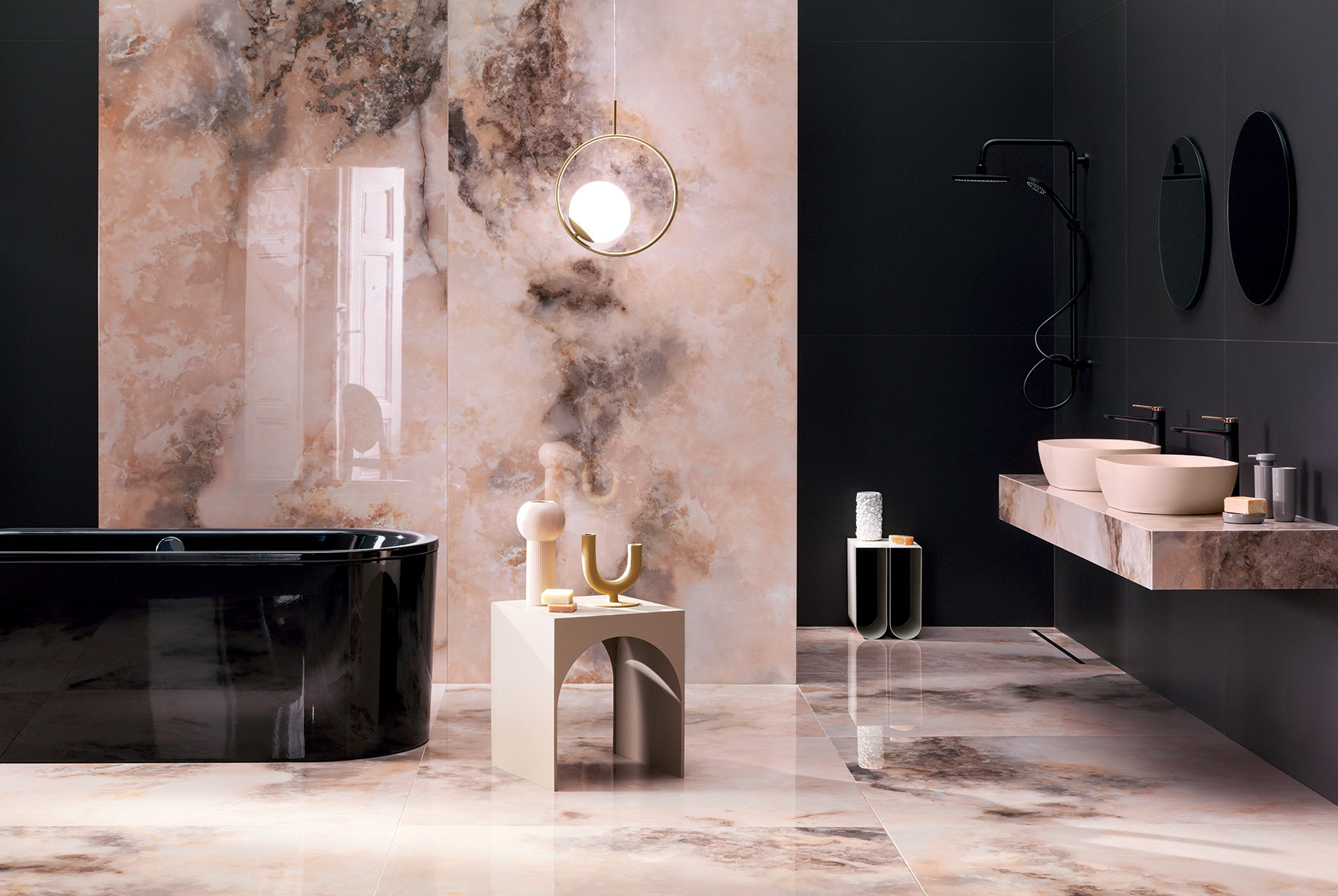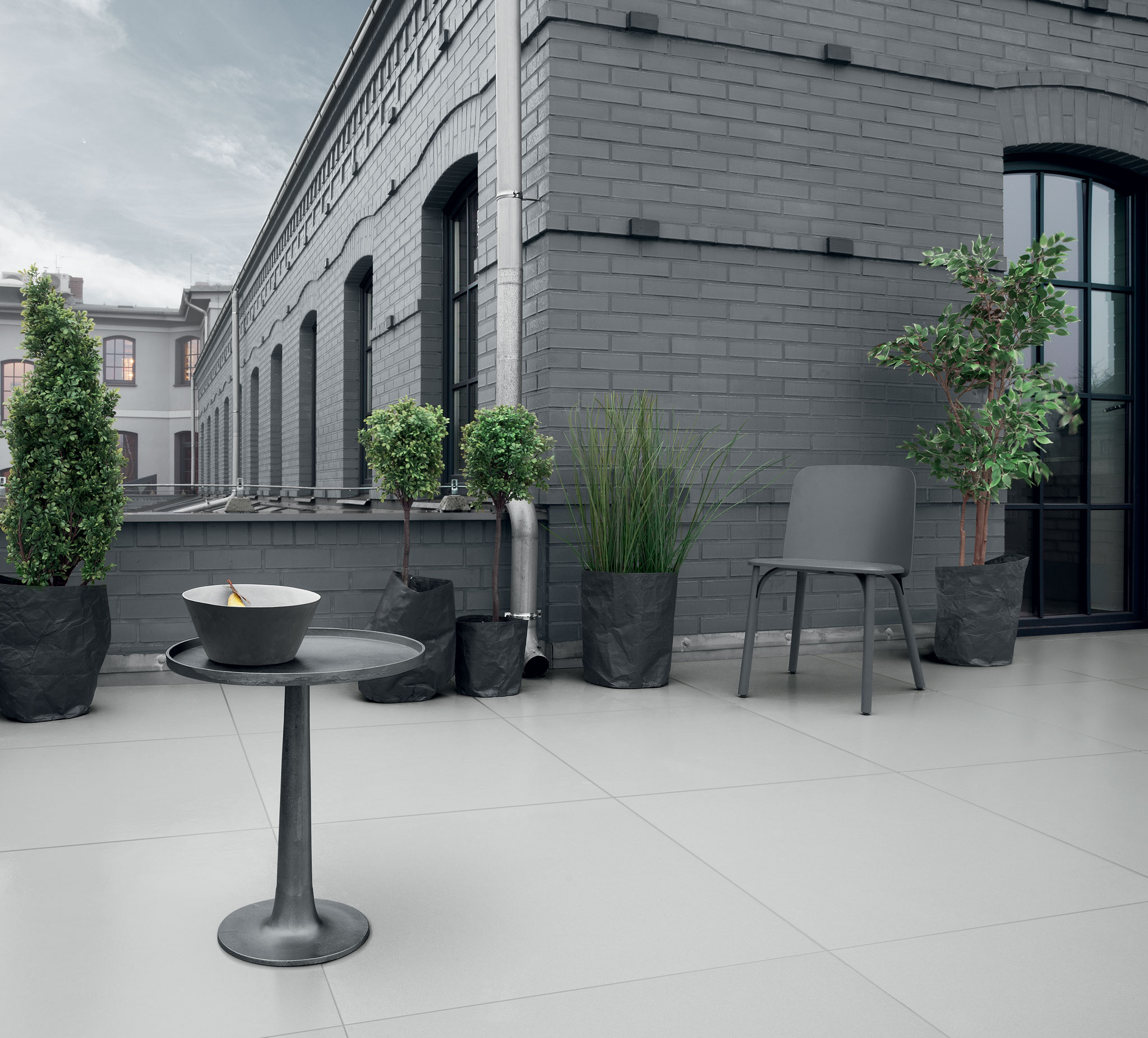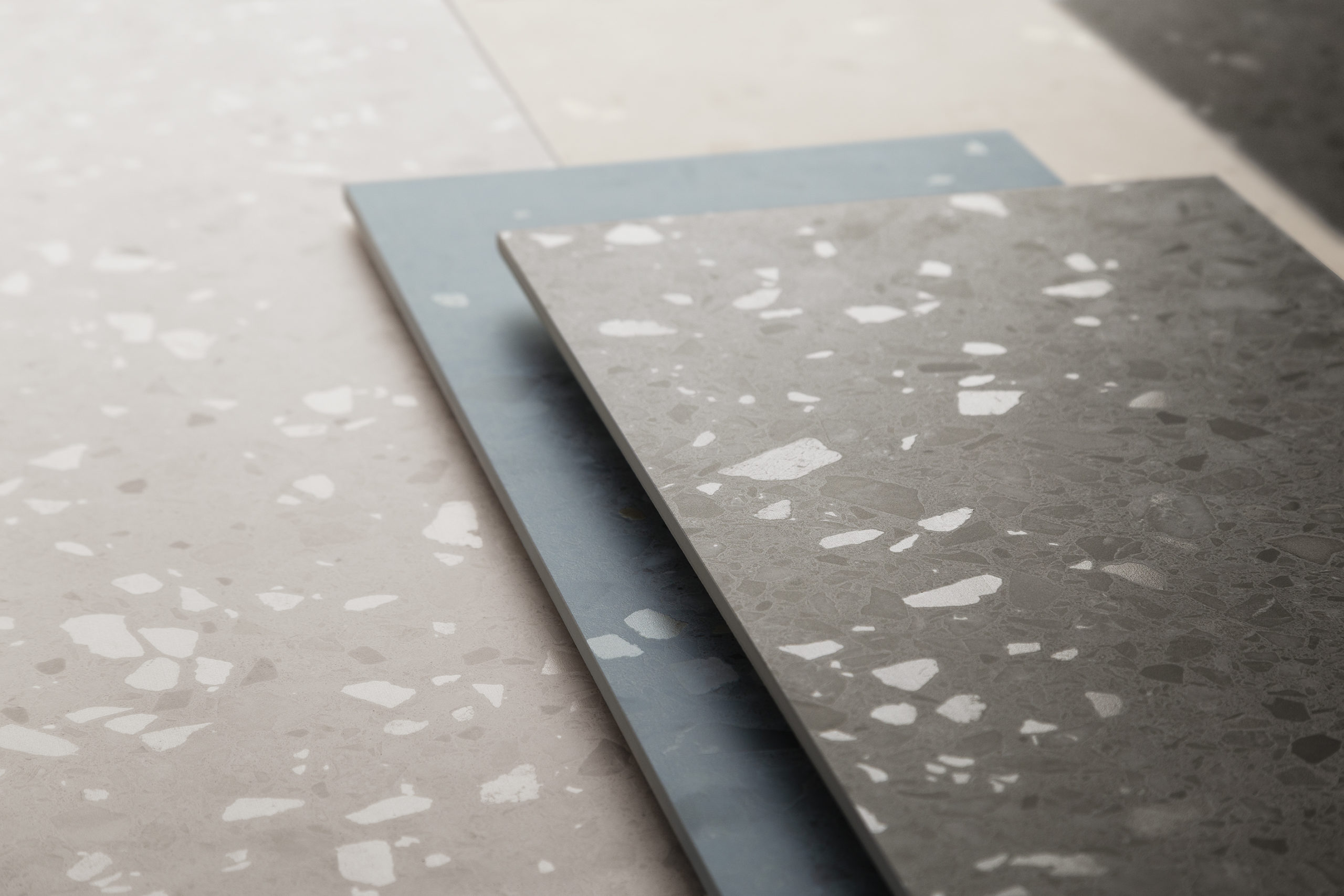When choosing materials for finishing a house, we pay attention to their appearance. We want them to be beautiful and distinctive in design, which will help create a phenomenal interior. Equally important are the product’s quality, durability and resistance to external factors, and parameters that ensure functionality and ease of use. Along with the growth of ecological awareness, we are more and more often guided by the product’s origin, composition, and influence on the health of residents and the environment. Therefore, it is worth choosing ceramic tiles, especially those from Tubądzin, which will delight with their aesthetics as well as be a responsible, safe and ecological choice.

Tiles and health
The natural, traditional ceramic raw materials have been used for centuries to make materials for building and furnishing rooms. Ceramic tiles are made from naturally occurring minerals in rocks in a firing process known for centuries without the use of harmful chemicals. They are harmless and non-toxic, and even prolonged contact with them does not cause any adverse health effects.
Developments in technology have resulted in new alternatives to ceramic tiles, highly processed products using plastics and advanced chemistry. Their appearance often imitates natural materials. Unfortunately, these products are rarely ecological, i.e. friendly to humans and the environment; they may contain and release unhealthy substances during use. However, they are not always biodegradable, not endangering future generations. Over time, it turns out that many of these materials are harmful to health for a variety of reasons. The toxic effects of some materials, particularly the chemical additives and waste materials used in them, were discovered decades later. For many years, no attention was paid to this – however, this is now changing.
All-natural product
The main feature of ceramics is its naturalness, starting with the raw material used through its processing and ending with managing the waste generated. The production process and the resulting final materials are environmentally friendly. Despite the developing manufacturing technology, ceramic tiles are still manufactured from natural raw materials, whose resources are unlimited. Their main components are clays and feldspars, environmentally and person-friendly materials. The natural origin of ceramic products also means that they can be recycled, and waste products, such as those left over from construction work, can be safely disposed of, significantly reducing the burden of numerous waste products on the environment.
High durability
The undoubted advantage of tiles – making them a prevalent choice for surface finishing – is their high durability. Well-placed tiles can remain in place for decades or even longer. In many historical buildings, you can admire ceramic finishes for floors, stairs, walls and ceilings that date back centuries.

Low weight
This is one of the most important parameters – tiles are light and thin, yet they provide a very durable finish. The difference is particularly noticeable when compared to another commonly used material – stone slabs. With the introduction of thinset tiles, they have also become a finish often used where it wasn’t possible earlier, for example, on massive cruise ships, which have been given an even more luxurious finish.
Non-flammability
Ceramic tiles are refractory and can withstand very high temperatures well, as they are exposed to these during production. Unlike wood, which is often used in construction, tiles will not burn easily.
Easy to maintain
All you need is a mop, a bucket and some water, a damp cloth or a broom and dustpan to make your tiles shine clean. Thanks to their cohesive structure, it is easy to keep them clean and, if necessary, to ensure sterility of tiled surfaces, e.g. in hospitals, clinics or even in home kitchens where food is prepared. In addition, the smooth surface is a much less friendly environment for microorganisms than more porous materials such as wood or concrete.
Low water absorption
Thanks to the fact that tiles do not absorb water and their cohesive structure creates a waterproof layer when adequately installed and previously insulated; they are the most common finishing material in rooms where water is an indispensable element, especially in bathrooms and kitchens.
Versatility of use
Frost-resistant floor tiles are the ideal material for terrace and balcony floors. When properly installed, they are resistant to weather conditions. Installed outdoors, they can have anti-slip protection to avoid the risk of accidents. Ceramic tiles are also ideal in rooms with underfloor heating, as they conduct heat well.

Large variety
The wide variety of designs, shapes, colours and sizes of tiles available for sale means that every customer and architect can choose the suitable model for themselves to emphasise the unique features of the interior and the character of the people who stay there.
Economics
In addition, thanks to the above-mentioned properties, ceramic tiles are very economical materials for wall and floor coverings. The investment pays off quickly, given that it is a material with a long service life.
Author of the article: Karol Serek – Deputy Chief Technologist at Tubądzin Group






